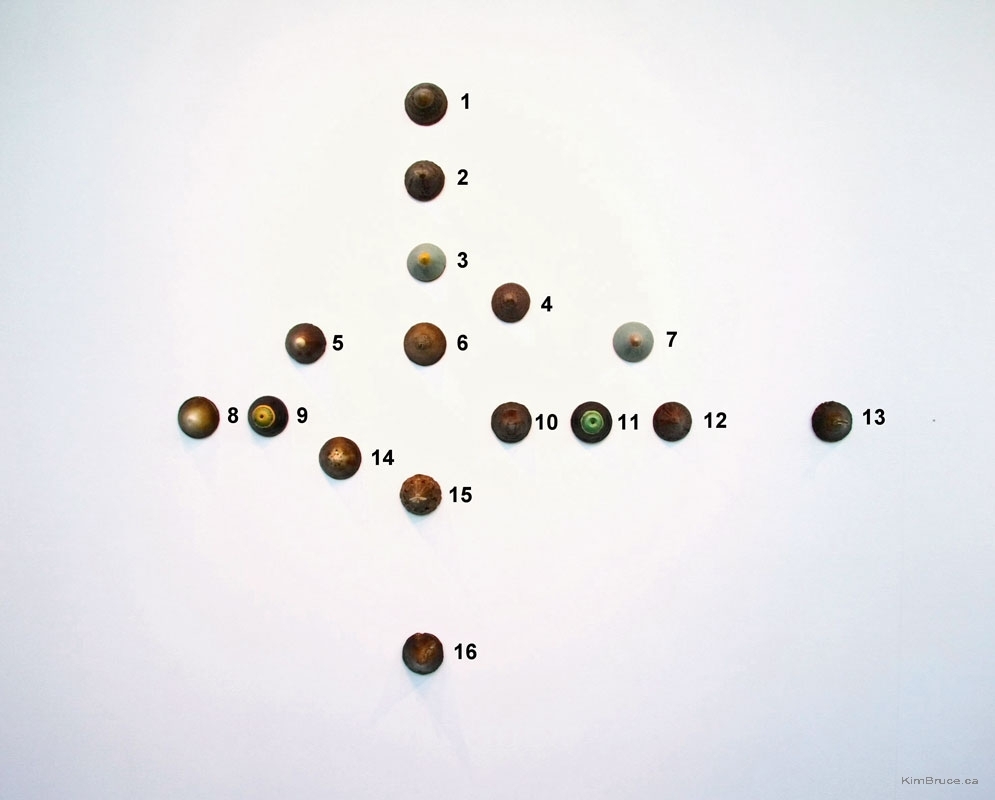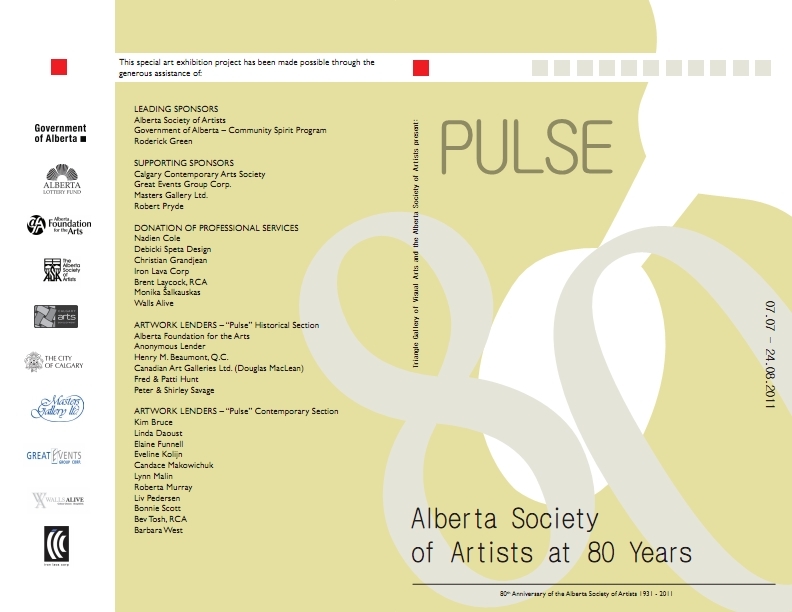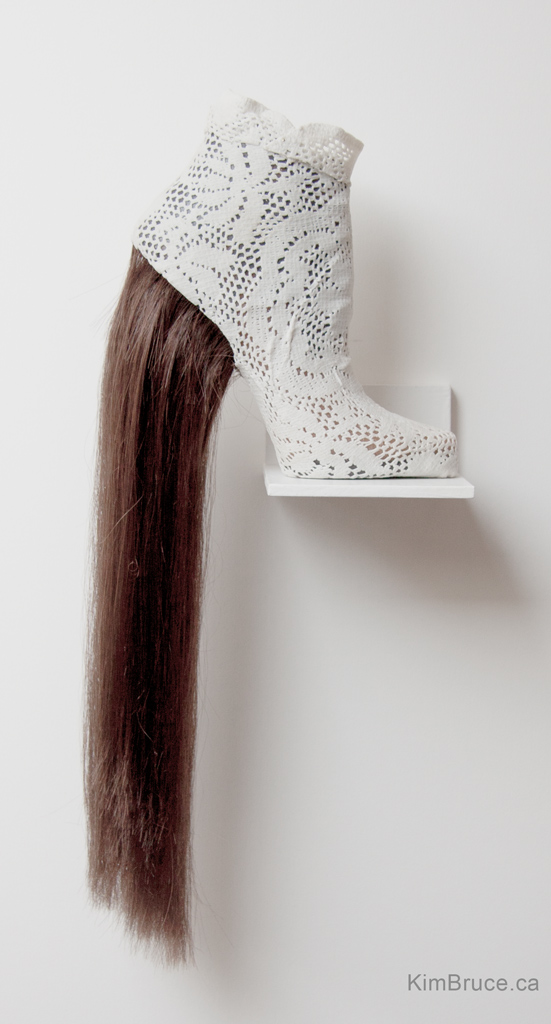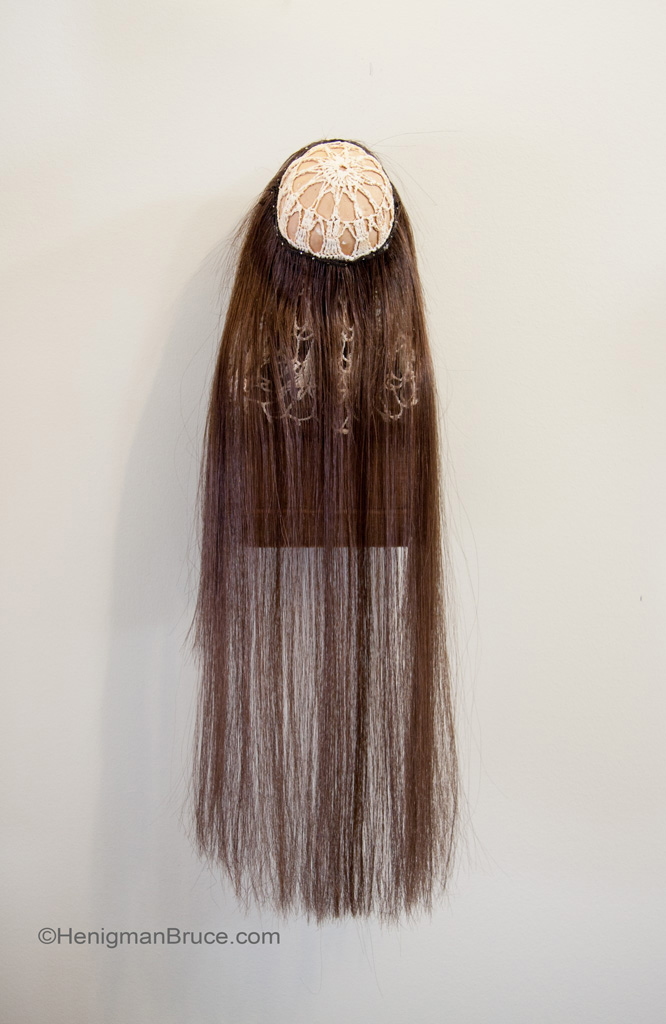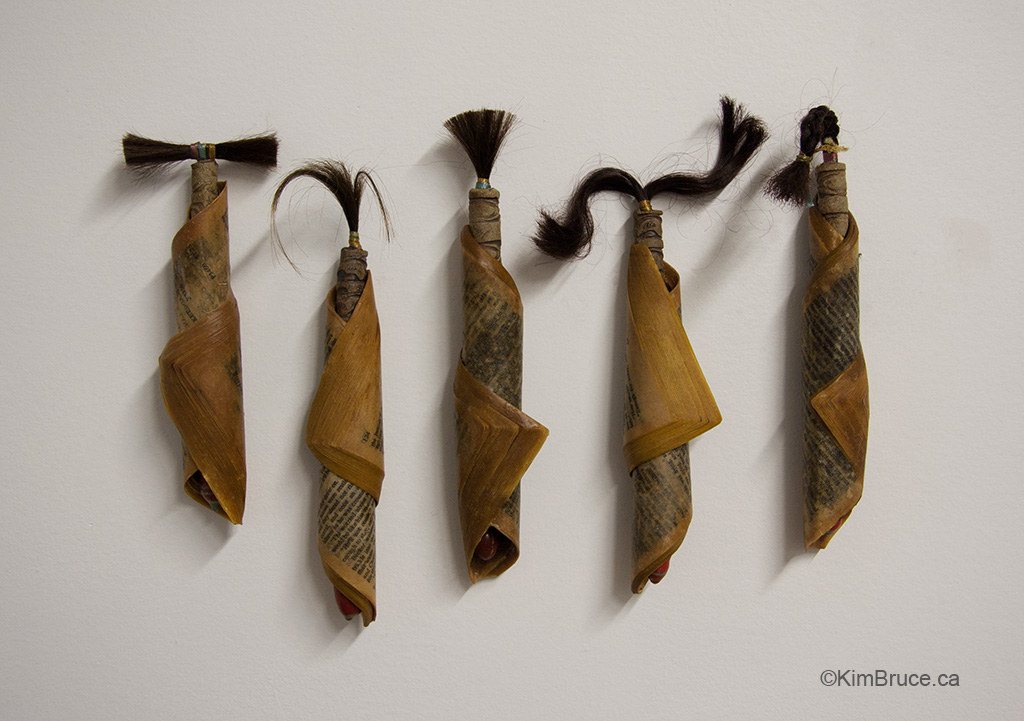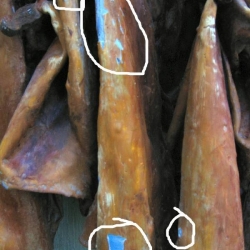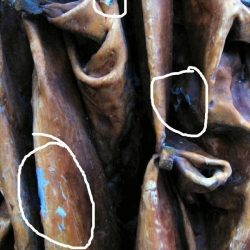I have been very fortunate to have had a few studio visits over my career. The last one is of considerable note but before you get all glad on me; even though it lasted 3 hours, alas it did not lead to representation. But he was very generous with his time and for that I am very grateful.
This gallery owner said as he was viewing the piece that is pictured here, that it was “high art”. So what does that mean exactly? Is it just a nice way to say that my work isn’t salable?
This is what I found when I did a search on the term “High Art”.
Let’s make a list of the things that characterize high art and distinguish it from low art.
1. Complexity of formal properties.
2. Complexity of the responses to the works, which sometimes have no name.
3. The fact that a full and fuller understanding of the work (either the form or the content) allows for an ever fuller enjoyment of the work. One has to gradually grow into the work. It does not reveal everything it has in one exposure.
4. The fact that a full understanding of the work can enhance an understanding of other aspects of life as well.
5. The fact that great works of high art are cross-cultural. They can be enjoyed by people of other cultures who have no other experience of the culture that generated the great work. Each great work of art is potentially a work of world art, not subject to the conditions of its composition.
6. If, according to 5, the work does not fade with distance, it is also true that it does not fade with time.
7. Works of high art are deeply related to morality, in the widest sense of the term, and sometimes problematize morality itself.
8. High art has a history, in which styles, techniques, genres and the entire orientation of the work of art is changed. Properly speaking, low art has no history.
9. Works of high art are individual. They bespeak a personality behind the work. Low art is best when it is anonymous.
Read the rest of this article by Lawrence Nannery
So according to this particular gallery owner rather than trying to find gallery representation apparently I need a patron (one that supports, protects, or champions someone or something). So here goes…
WANTED: One (or two) filthy rich self made entrepreneurs from “high culture” with an appreciation of “high art”. Preference given to those with a slight feminist bend. Please apply within.


